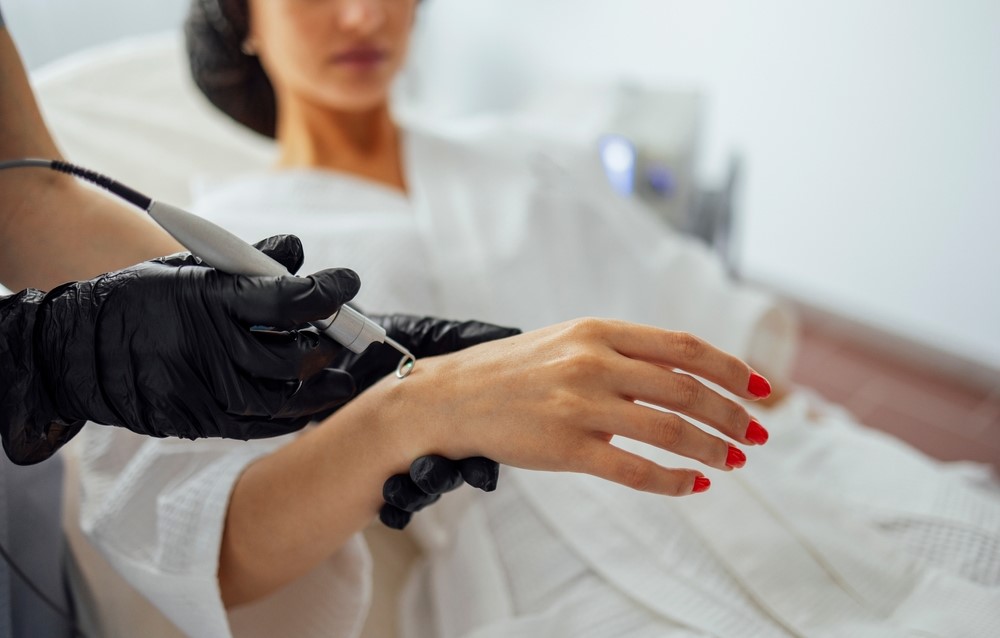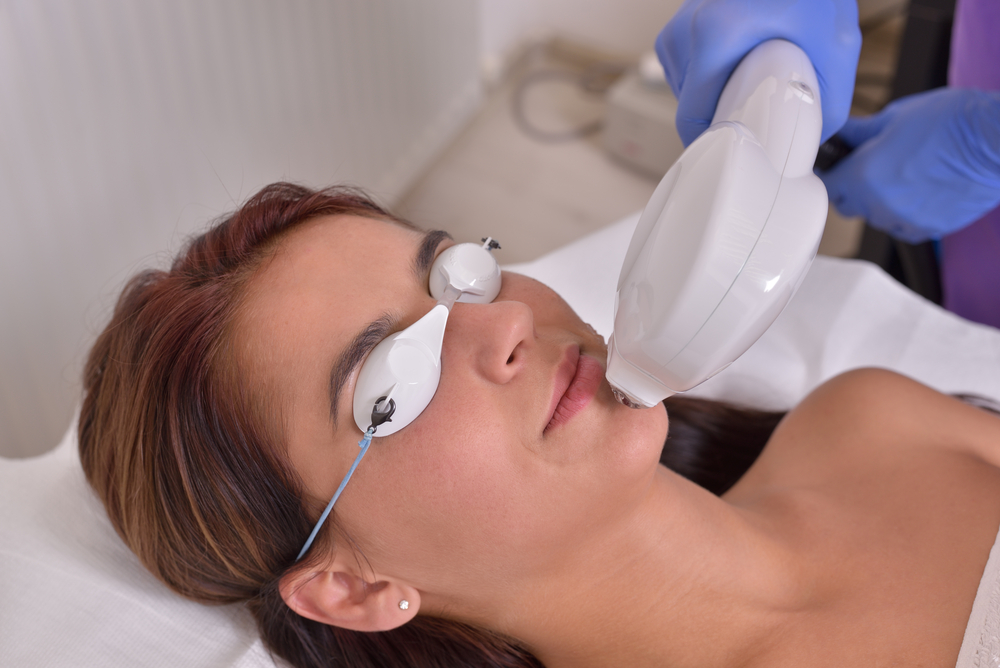For the last number of years, the tattoo industry has gone from strength to strength. Tattoos are often seen as a form of expression among different social groups. They have become something of a fashion statement as well as a way of commemorating personal milestones, events, feelings and so on.
There is nothing wrong with the fact that tattoos have a particular place in modern culture and they can be seen as really positive forms of expression, but that does not mean that people always get them right. Sometimes tattoos don’t work out as the fashion statements or modes of creative expression they are actually meant to be and the fact remains that tattoos are permanent.
However, these days, tattoos are only actually permanent up to a point. Laser treatment has changed the way tattoo removal takes place. Tattoos are now ‘permanent’ in the same way that scars are ‘permanent’: they will last forever unless they are removed using an advanced form of laser technology.
This advanced laser technology was once out of the reach of ordinary people when they could have made use of it, but it is now available at professional clinics and so much the better for people who suffer from skin complaints, scarring or, indeed, the permanent reminder of an ill-advised venture into body art.
Maybe the fashion statement no longer fits the way the wearer looks at life. Maybe the expression is completely out of date. Maybe the design has taken on new social connotations that are no longer favourable. Maybe the circles the wearer moves in have changed or their professional priorities are different than they once were. These are all more or less likely. The world changes; people change; attitudes change, and meanwhile ‘permanent’ features like tattoos are looked at in different ways.
Determining whether or not to have a tattoo removed So those are the reasons behind many people’s choice to have existing tattoos removed. What is the next step? The next step is to meet with a consultant at a respected laser treatment clinic with the aim of discussing laser tattoo removal therapy. This consultation is about sharing information and learning about the procedure in full. It is about having a team of experts design an individual programme of therapy to meet your requirements and expectations.
It’s also about making absolutely certain that you want to remove the tattoo. Body art is associated with the wearer by others and contributes to the identity they present outwardly to the world, so it is important to be completely sure of any plan for tattoo removal.
Once that consultation has taken place and a programme of treatment has been decided, the patient needs only to attend the sessions and undergo a short spell of laser therapy on the area of skin affected by the tattoo. These sessions will be separated sufficiently in time to protect the skin and to make sure it is not overexposed.
Over time, the tattoo will fade and disappear as the body responds to the treatment of the laser.
































 020 8012 8582
020 8012 8582